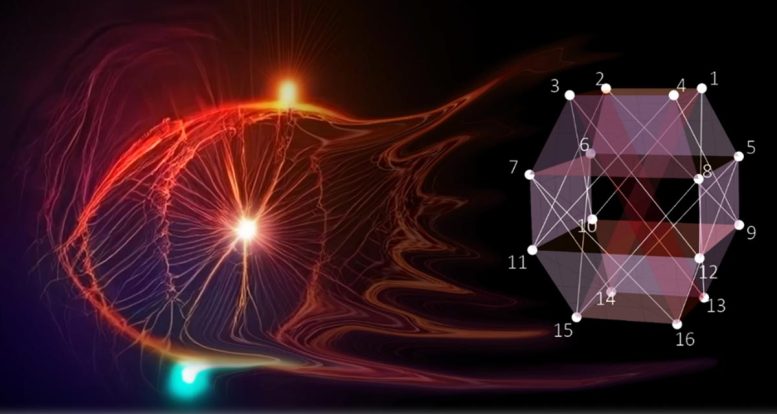
The schematic diagram for extracting contextuality from three-party nonlocality. Credit: Image by Zheng-Hao Liu, et al.
A team of scientists studied the single-system version of multipartite Bell nonlocality, and observed the highest degree of quantum contextuality in a single system. Their work was published in Physical Review Letters. They were led by Prof. Chuanfeng Li and Prof. Jinshi Xu from the University of Science and Technology of China (USTC) of the Chinese Academy of Sciences (CAS), collaborating with Prof. Jingling Chen from Nankai University and Prof. Adán Cabello from the University of Seville.
Quantum contextuality refers to the phenomenon that the measurements of quantum observables cannot be simply considered as revealing preexisting properties. It is a distinctive feature in quantum mechanics and a crucial resource for quantum computation. Contextuality defies noncontextuality hidden-variable theories and is closely linked to quantum nonlocality.
In multipartite systems, quantum nonlocality arises as the result of the contradiction between quantum contextuality and noncontextuality hidden-variable theories. The extent of nonlocality can be measured by the violation of Bell inequality and previous research showed that the violation increases exponentially with the number of quantum bits involved. However, while a single-particle high-dimensional system offers more possibilities for measurements compared to multipartite systems, the quest to enhance contextual correlation’s robustness remains an ongoing challenge.
To observe more robust quantum contextuality in a single-particle system, the researchers adopted a graph-theoretic approach to quantum correlations. They associated the commutation relations between measurements used in nonlocality correlations with a graph of exclusivity and then looked for another set of measurements in the single high-dimensional system that has a commutation relation isomorphic to the graph. This approach fully quantifies the nonclassical properties of quantum correlations using graph parameters.
The researchers found that after transforming the Mermin-Ardehali-Belinskii-Klyshko (MABK) Bell inequality into noncontextuality inequality using the above approach, the maximum violation is the same but the required Hilbert space dimension is smaller compared to the dimension of the original Bell inequality. Further research indicated that this phenomenon of contextuality concentration, wherein contextuality transitions from nonlocality correlations to single-particle high-dimensional correlations, is widely observed within a class of nonlocality correlations previously discovered by the team.
In the experiment, the researchers developed a spatial light modulation technique to achieve high-fidelity quantum state preparation and measurement in a seven-dimensional quantum system based on photon spatial mode encoding.
By ensuring minimal disturbance between the initial and subsequent measurements, they observed a violation exceeding 68 standard deviations in the noncontextuality inequality derived from the three-party MABK inequality. The ratio between the quantum violation value and the classical limit reached 0.274, setting a new record for the highest ratio in single-particle contextuality experiments.
The discovery of quantum contextuality concentration not only lays the foundation for observing more quantum correlations but also holds the potential to advance the realization of quantum computation in various physical systems.
Reference: “Experimental Test of High-Dimensional Quantum Contextuality Based on Contextuality Concentration” by Zheng-Hao Liu, Hui-Xian Meng, Zhen-Peng Xu, Jie Zhou, Jing-Ling Chen, Jin-Shi Xu, Chuan-Feng Li, Guang-Can Guo and Adán Cabello, 13 June 2023, Physical Review Letters.
DOI: 10.1103/PhysRevLett.130.240202

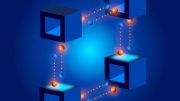

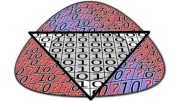

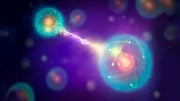
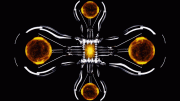

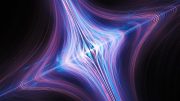
Gravitation is the foundation of human understanding of all things. According to the topological vortex gravitational field theory, the background of quantum contextuality and noncontextuality is the interaction and balance of topological vortex gravitational field.